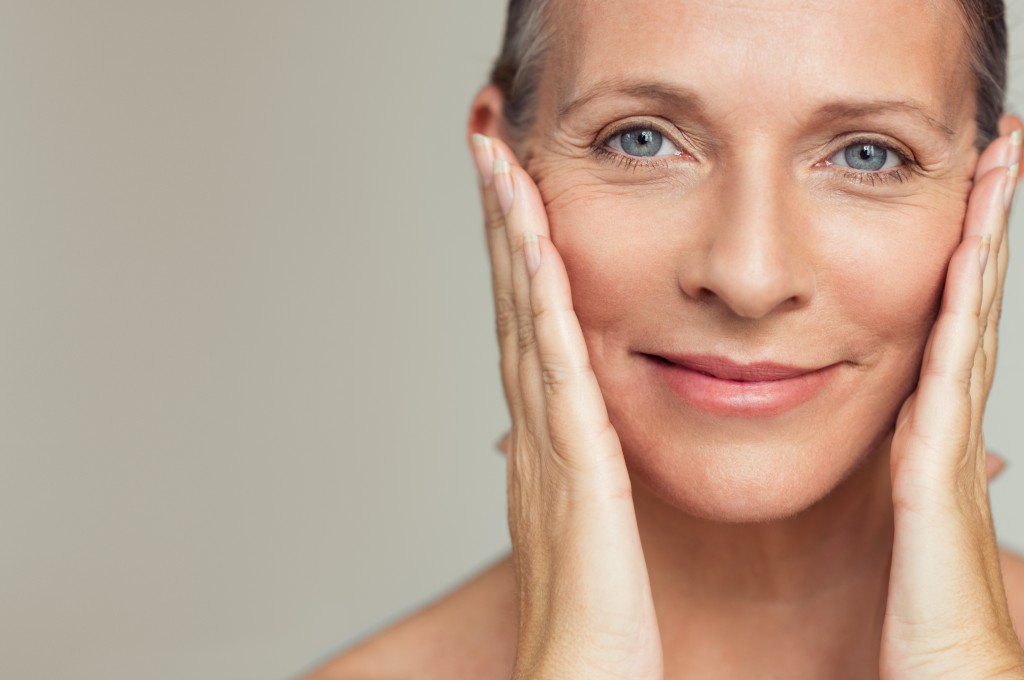Perhaps most know that the skin is the largest organ outside the body, but there is more to it than meets the eye.
Here are three more amazing facts about the skin that should inspire everyone to take care of it:
1. The Skin Changes Over Time
For those looking for more incentives in using a moisturizing whitening soap, then they can think about their age. With aging comes many changes happening on the skin:
- The body loses a lot of collagen. Collagen fibers are proteins that maintain the structure of connective tissues and skin. As a person ages, the production significantly declines. It explains why the skin can eventually sag or develop lines and wrinkles.
- The epidermis can also become thin or fragile. It can also hold moisture less effectively, making it feel and appear dry. Both of these changes, though, can increase the risk of breakage. It may then allow pathogens, such as bacteria, to get in, causing skin infections. Soaps with antioxidants may help improve the skin’s fighting ability against these threats.
2. Poor Habits Can Mean Bad Skin
As they say, the skin can reflect everything a person does to their body. Take smoking, for example. This habit can lead to bad skin since the toxins can destroy blood vessels. Damaged ones may prevent the sufficient delivery of oxygen and nutrients skin cells need.
Smoking also increases the risk of heart disease and worsens diabetes. Both of these conditions can still lead to a damaged circulatory system that affects the skin.
Sleep deprivation is another bad habit that results in dull-looking skin and even dark circles under the eyes. One of the reasons is the increased production of cortisol, which is a stress hormone.
Cortisol itself is not bad and, in fact, necessary for metabolism. But excessive production may eventually lead to chronic low-grade inflammation. This one may gradually damage skin cells. Worse, it raises the odds of more severe conditions, such as cardiovascular disorders and diabetes.
Dehydration is also another problem that can impact the quality of the skin. Lack of water can decrease the level of moisture, so it feels and looks dry. Excessive dryness can result in itchiness and redness.
3. The Skin Also Has a Microbiome

One of the biggest buzzwords in the medical field is the “microbiome.” It refers to a community of microorganisms, from viruses to bacteria, all working together to keep a person healthy.
The body has trillions of these organisms all over the body, and some of them are on the skin. However, unlike outside pathogens, these are harmless and even protect the skin against “invaders.”
Nevertheless, all these groups of microbiomes tend to maintain relationships with one another. It’s one of the reasons why scientists are now looking into skin-gut connection. This link is essential because:
- It may explain why many people can develop food allergies or insensitivities.
- It may tell the person’s risk for certain types of skin diseases, such as eczema.
- It may show how eating the right kinds of food or even keeping a healthy weight can also lead to better-looking skin.
There’s no better time to start taking care of the skin than today. It’s one of the best ways to ensure that it can do its job while a person tries to improve their body to make it healthier.

